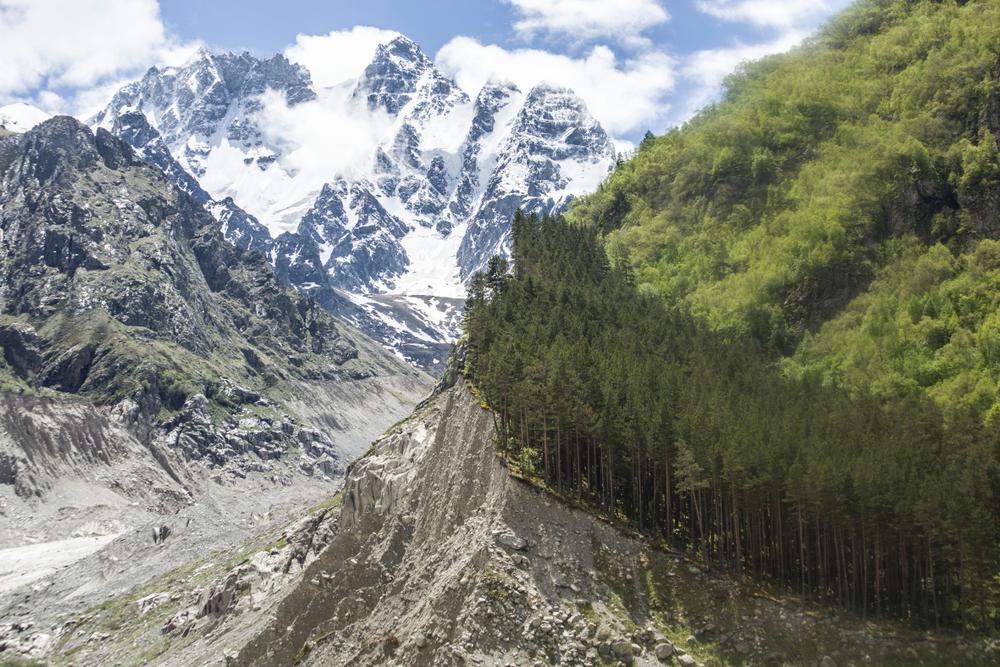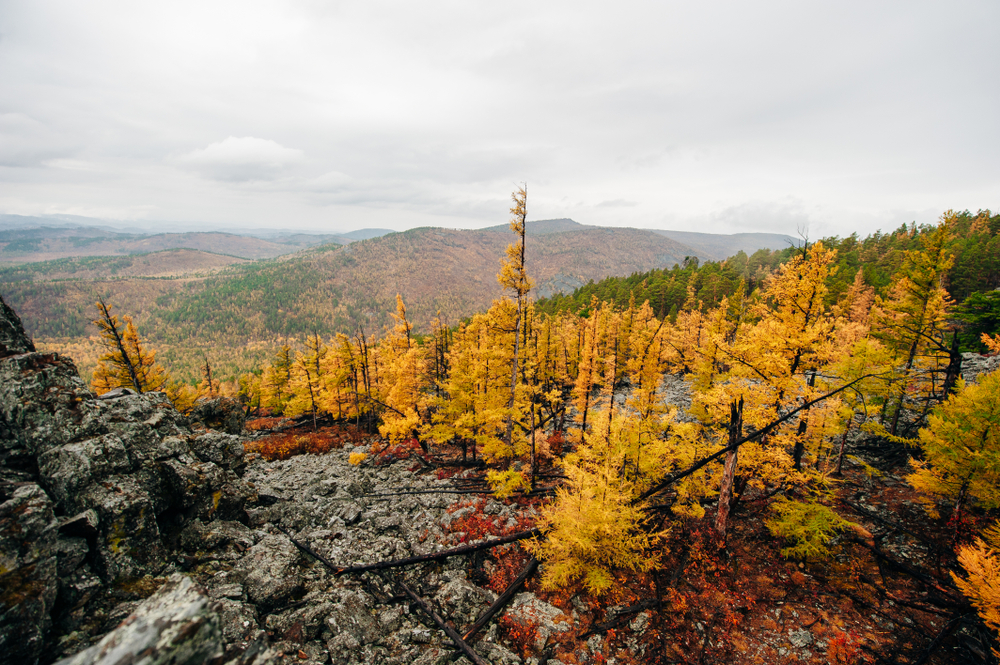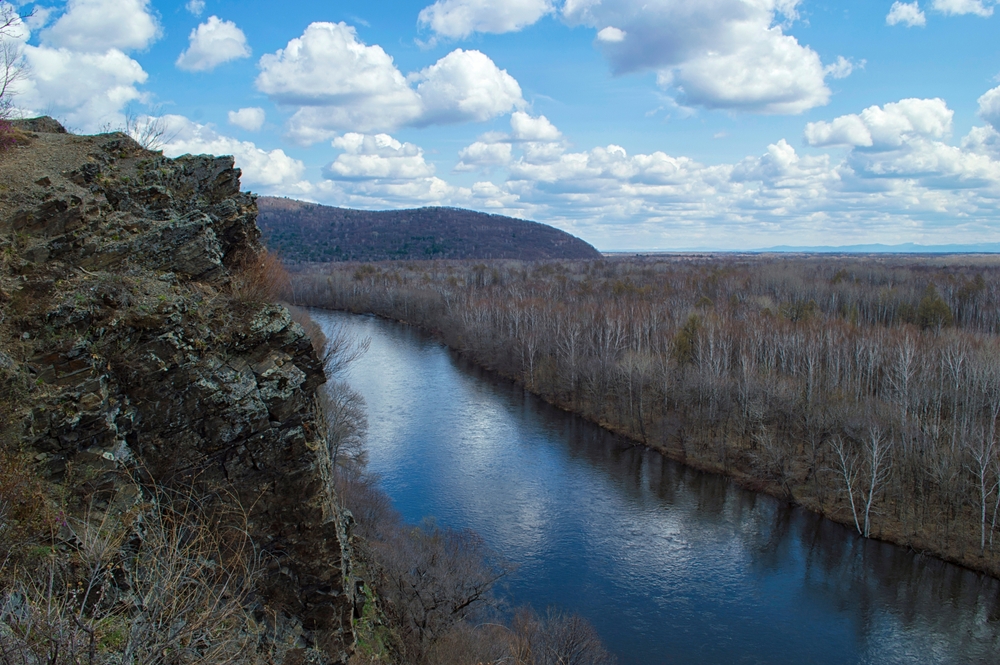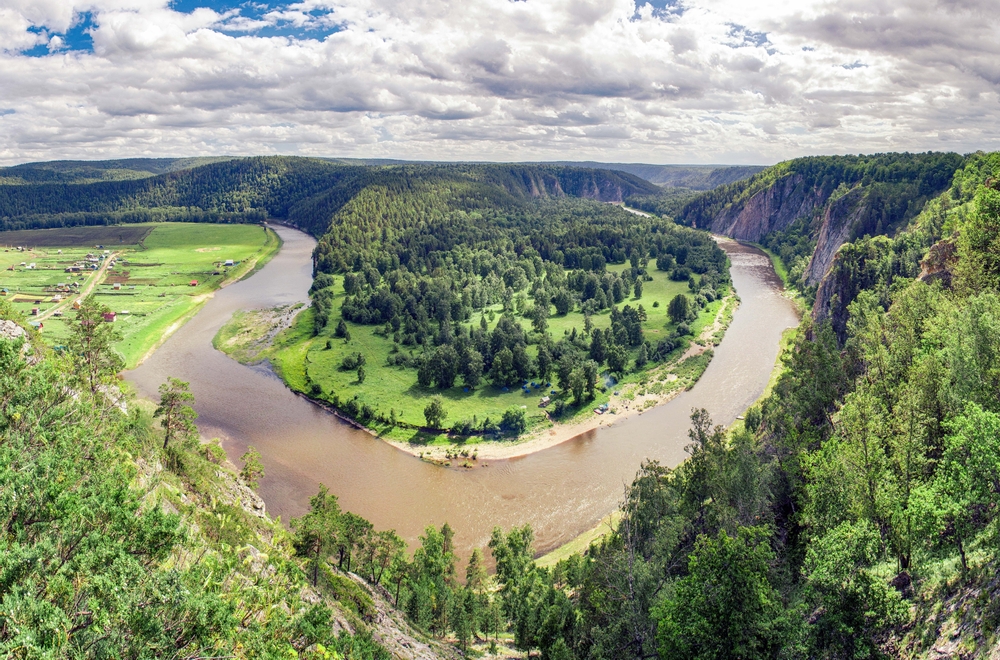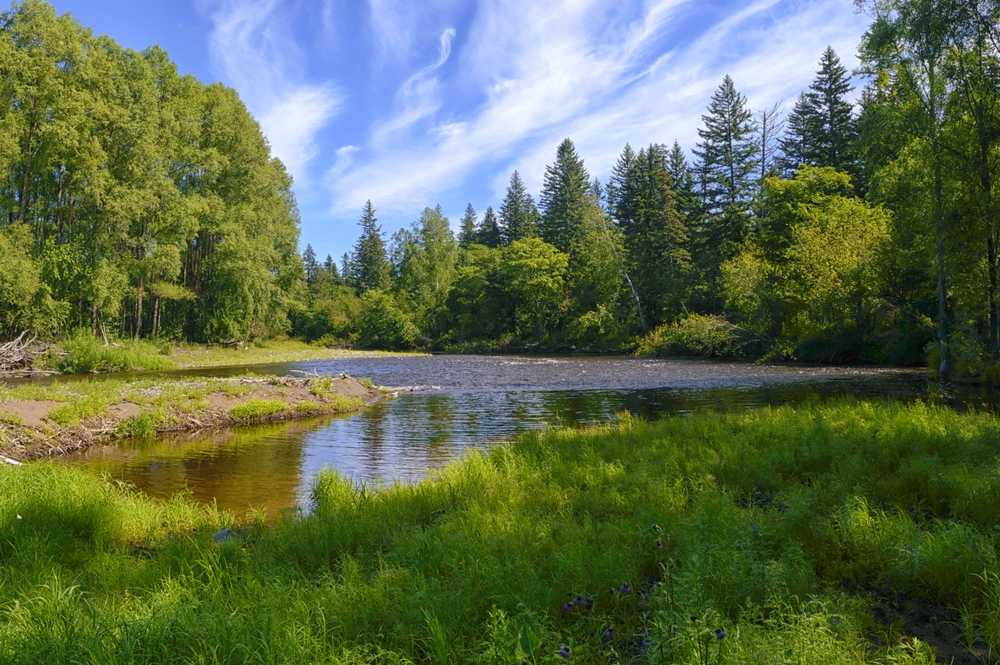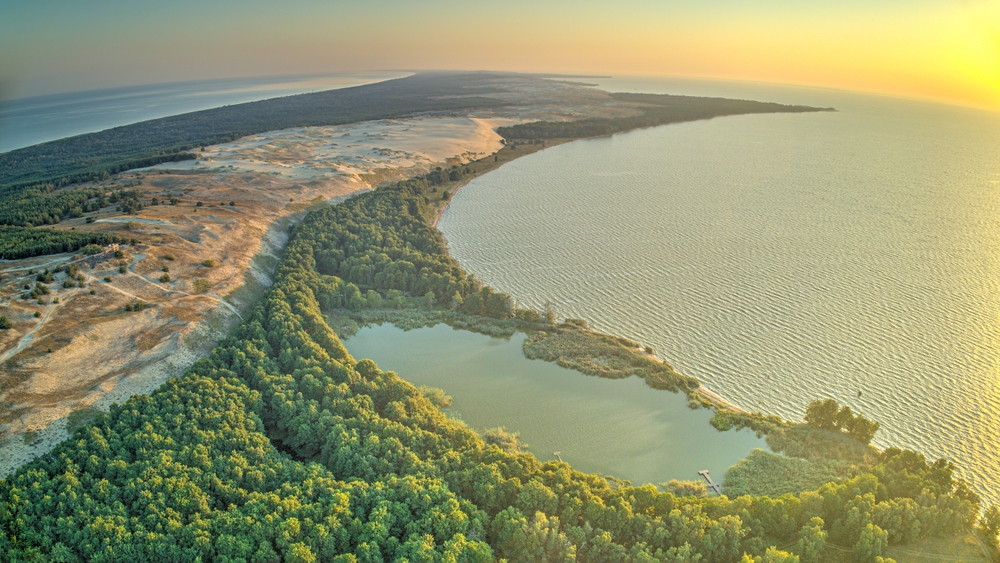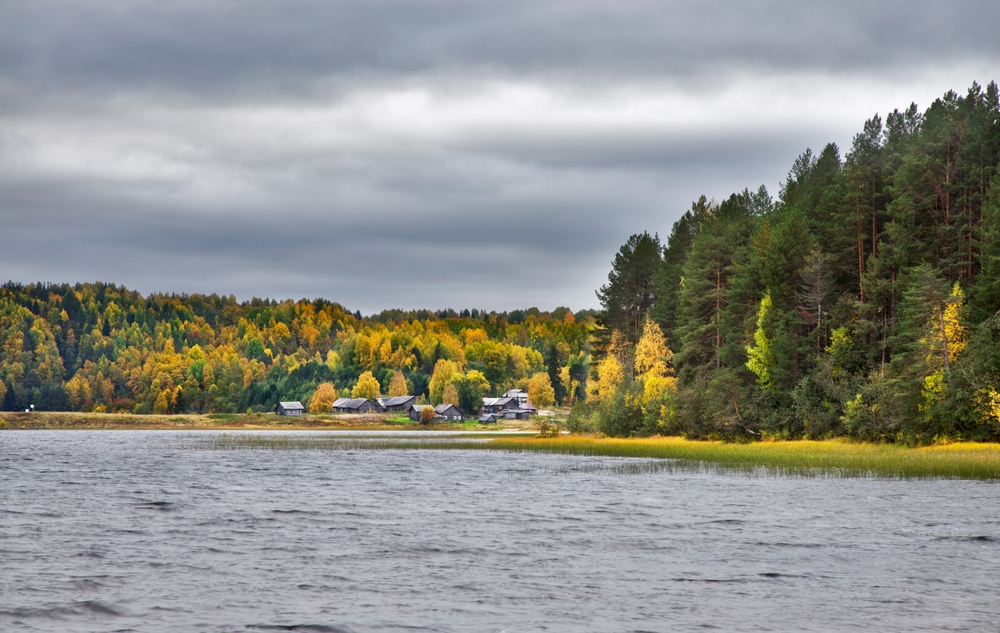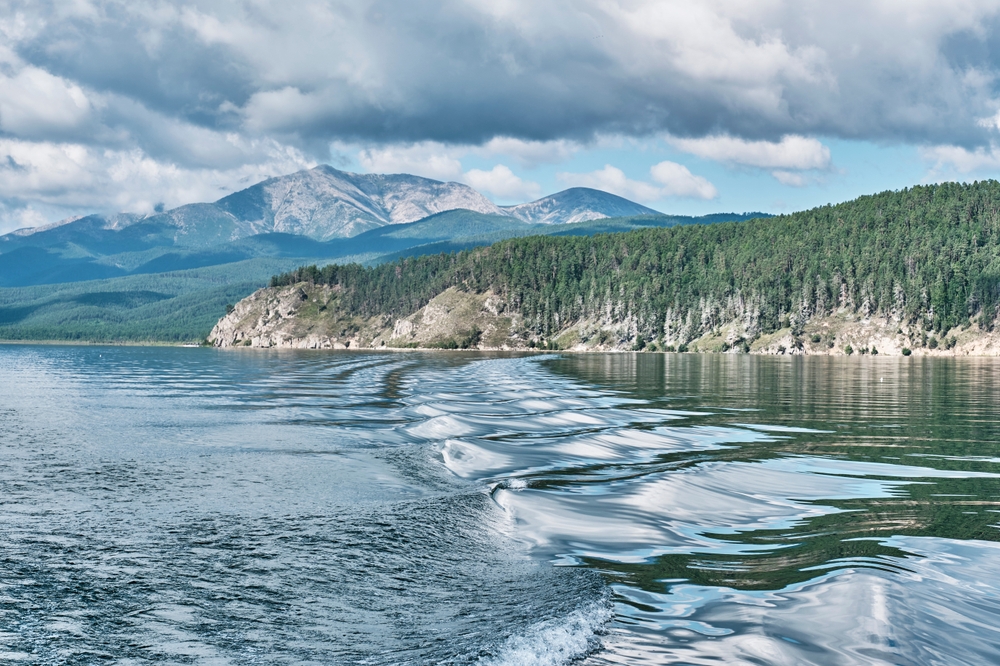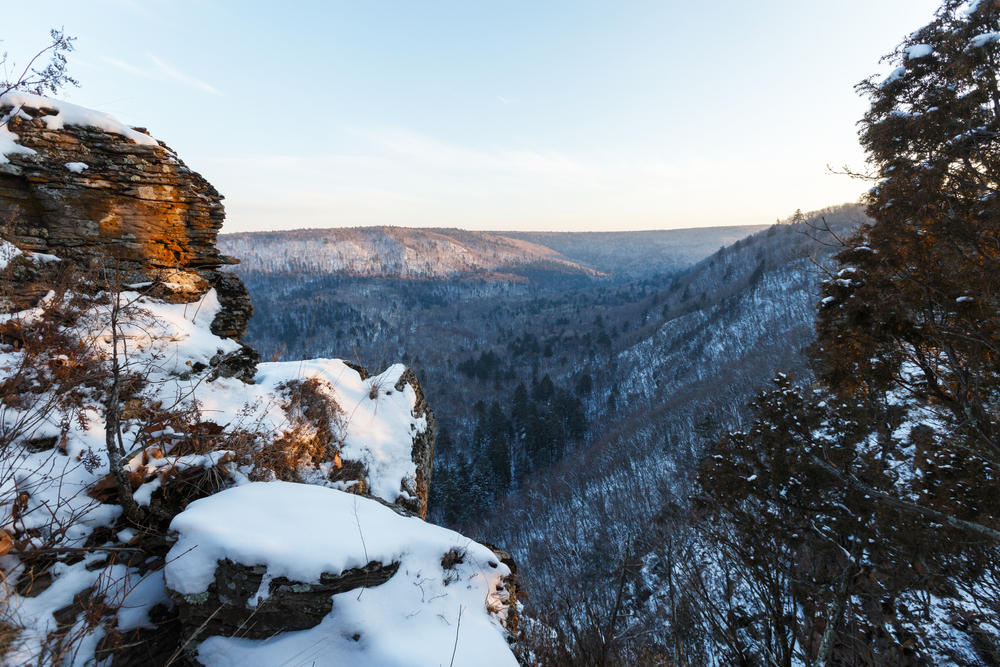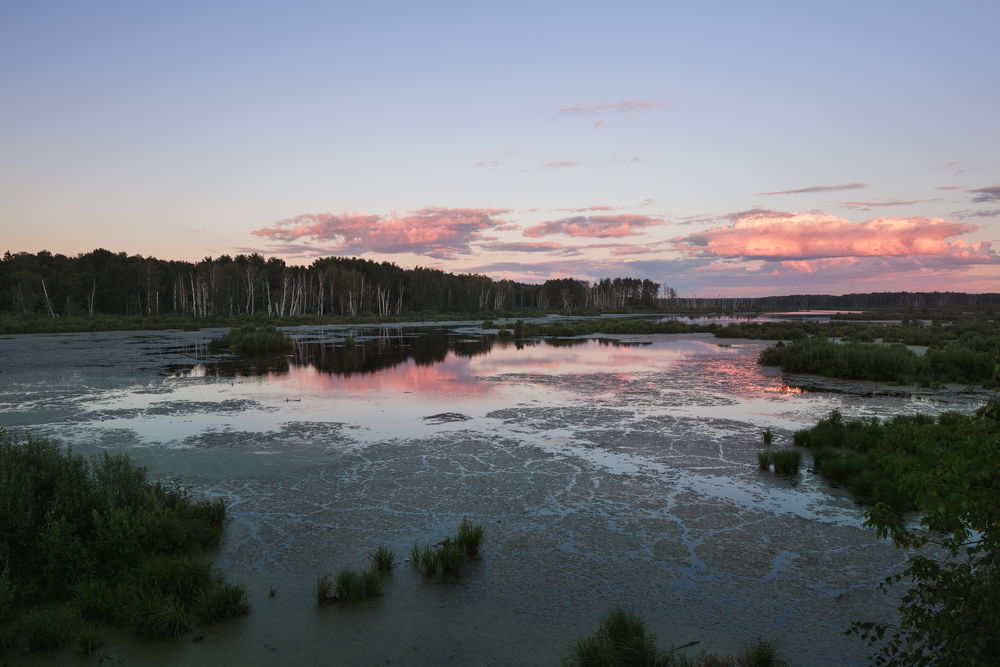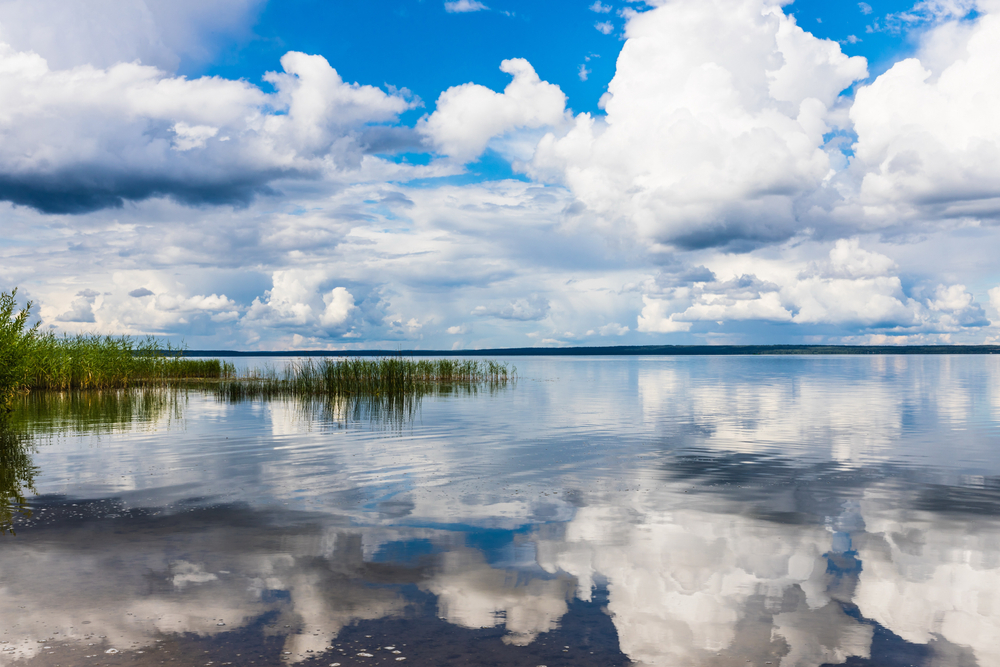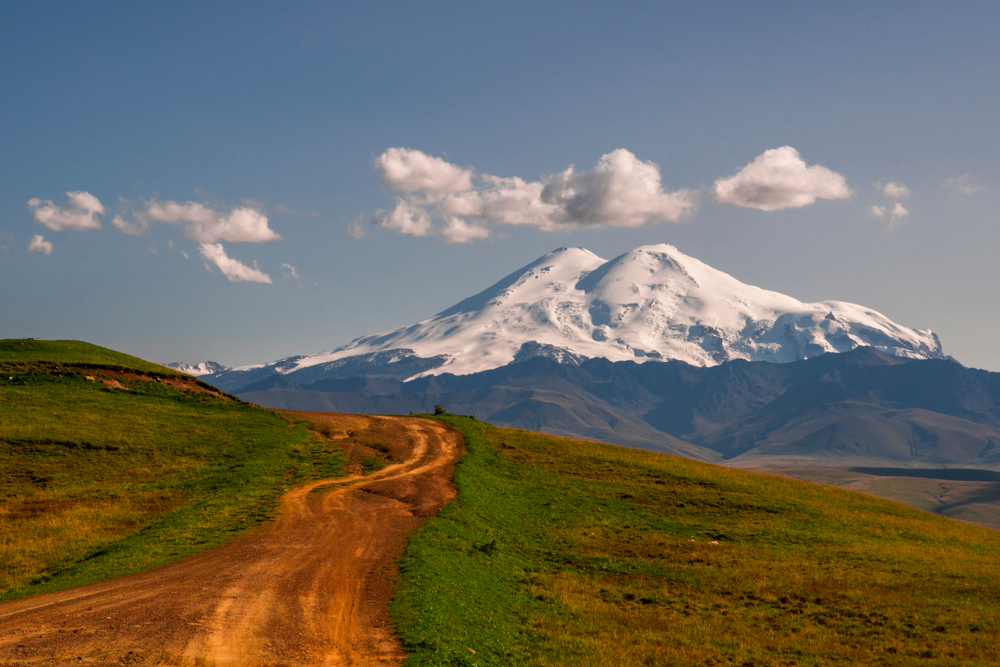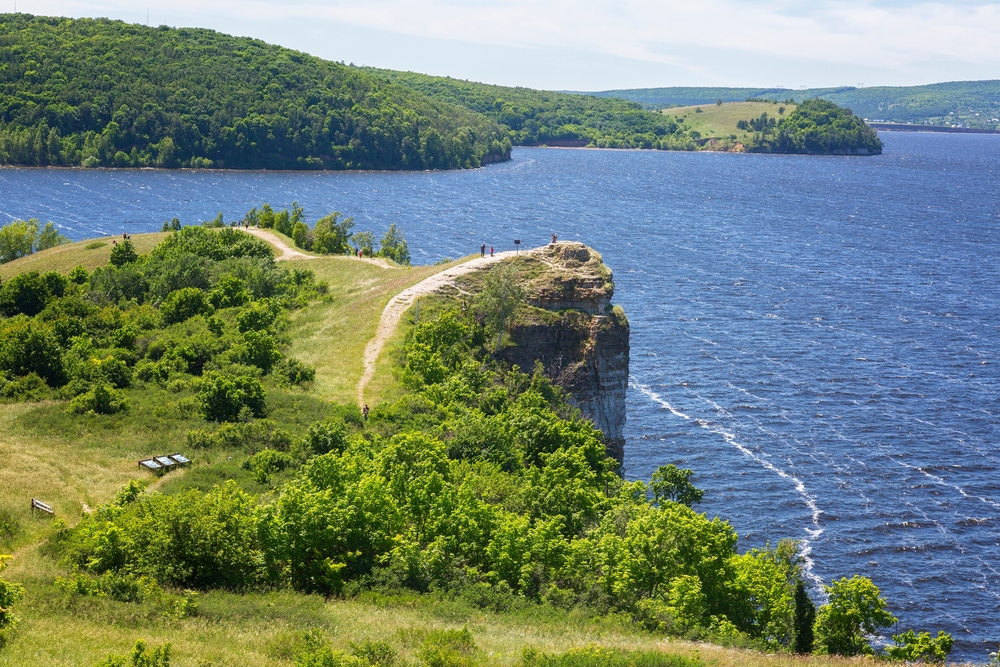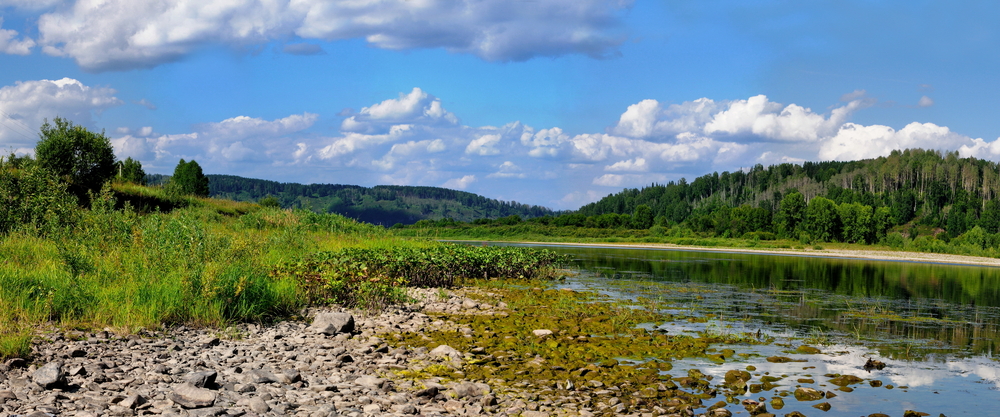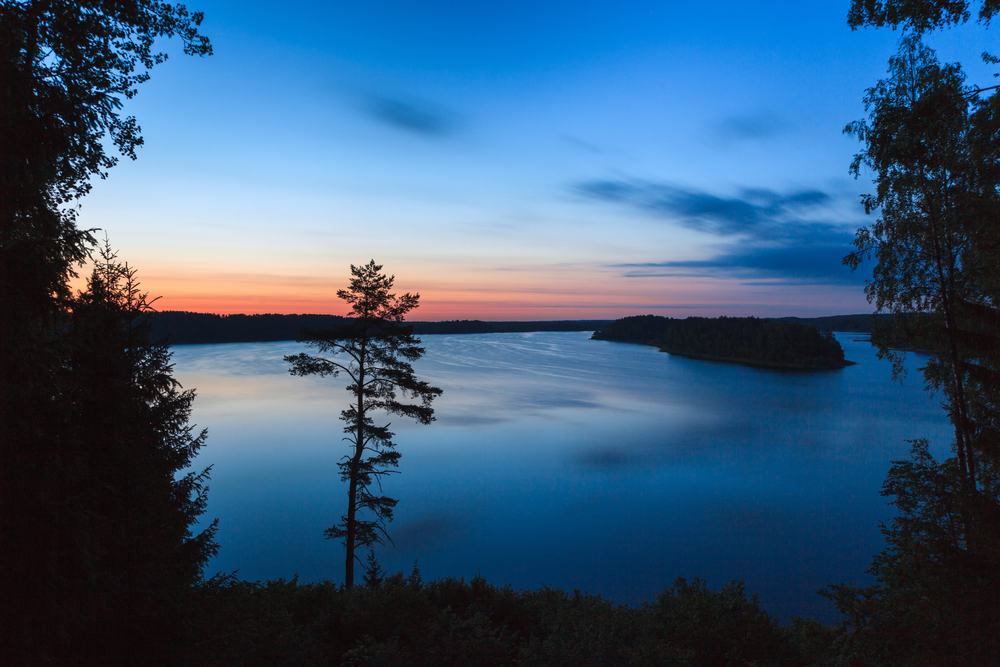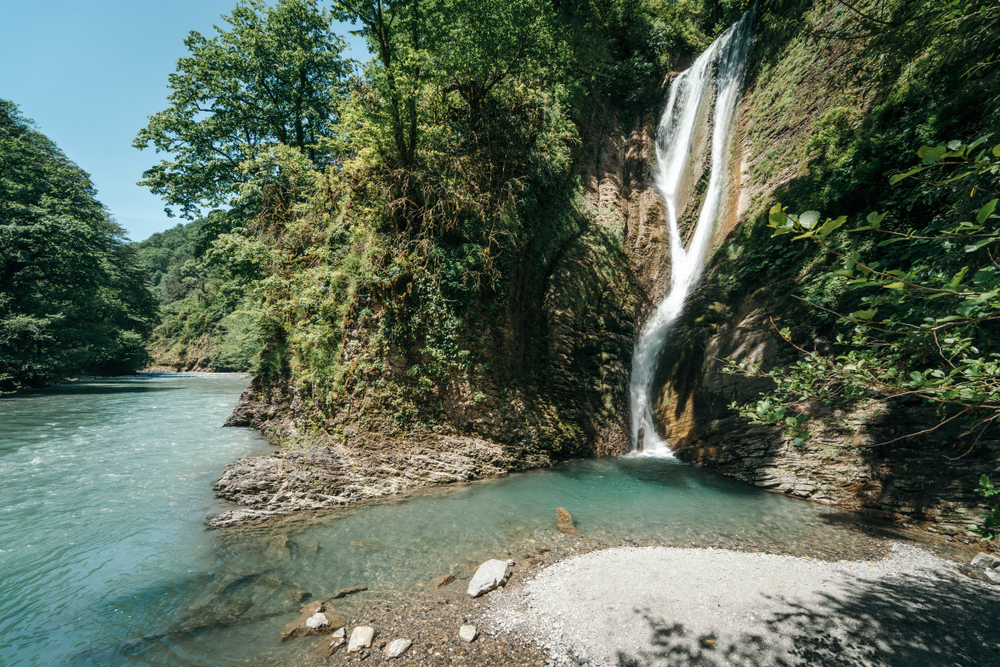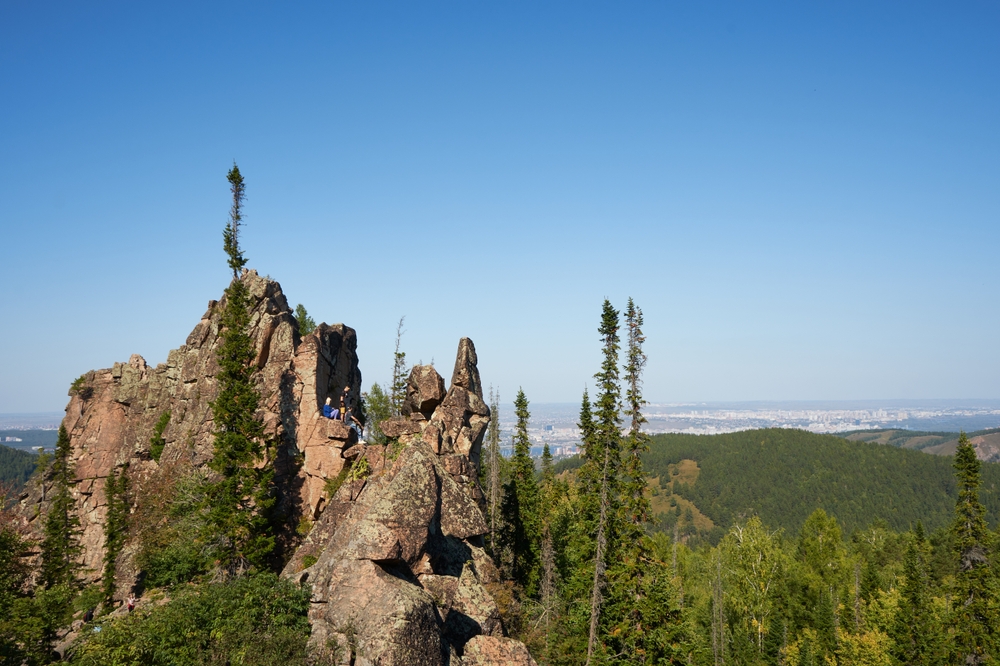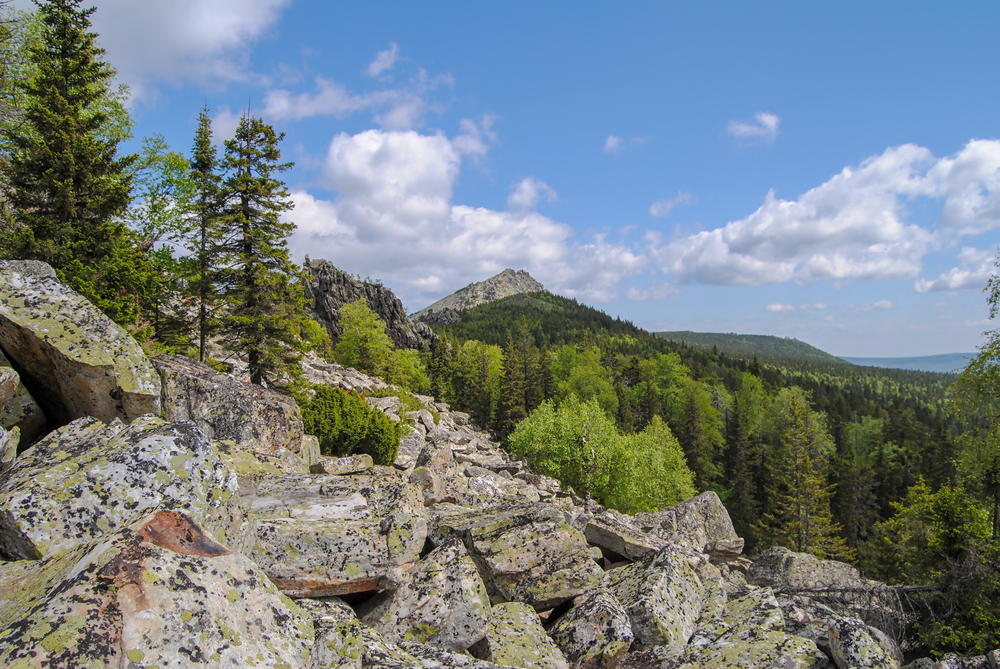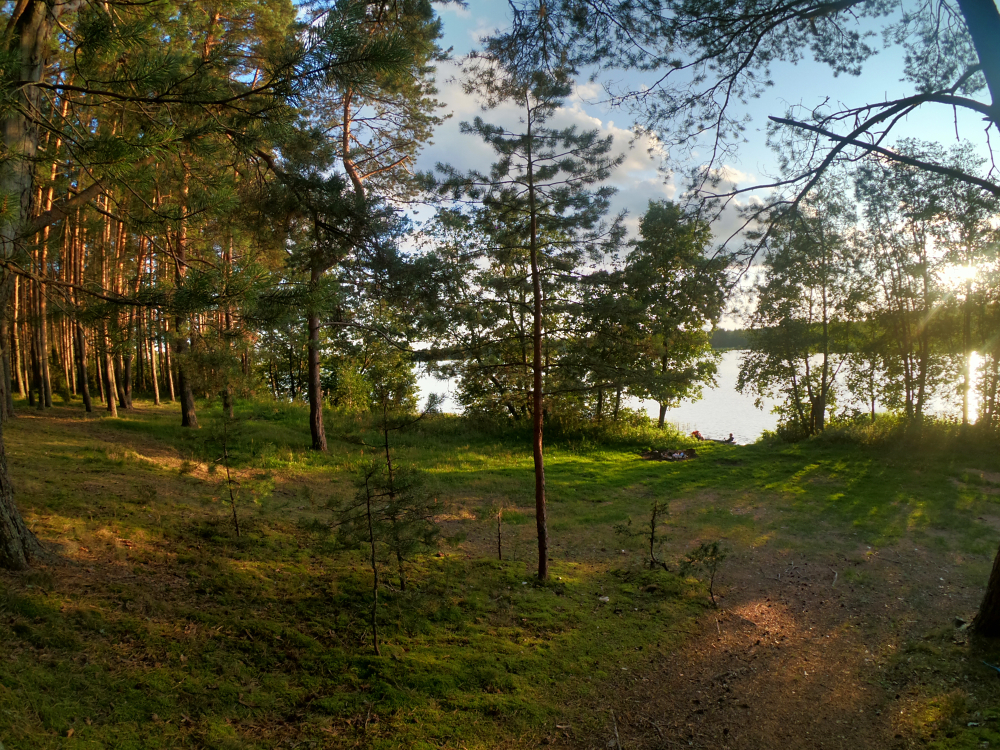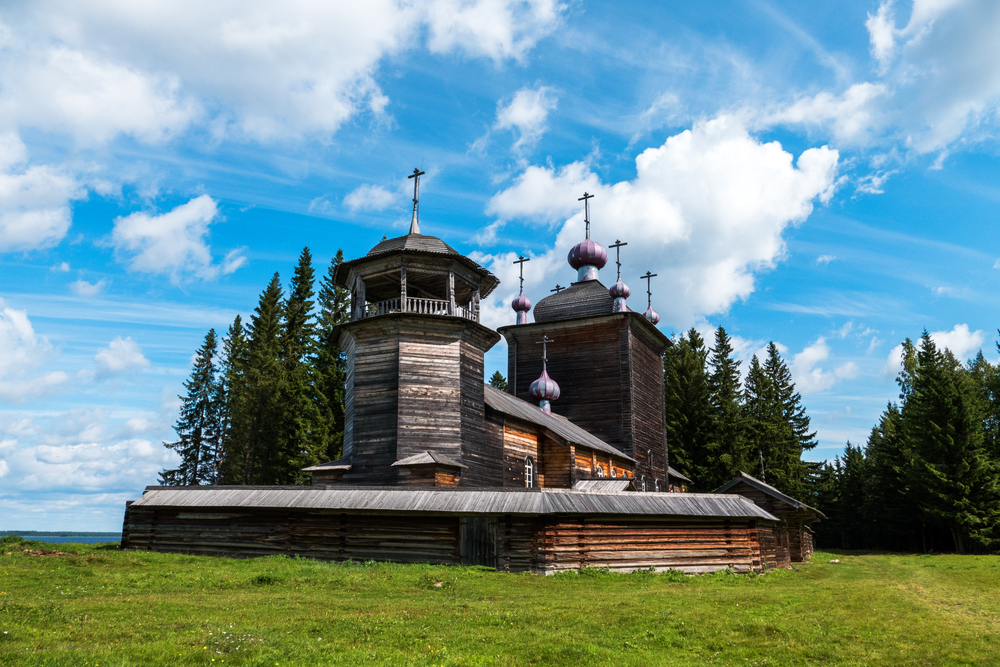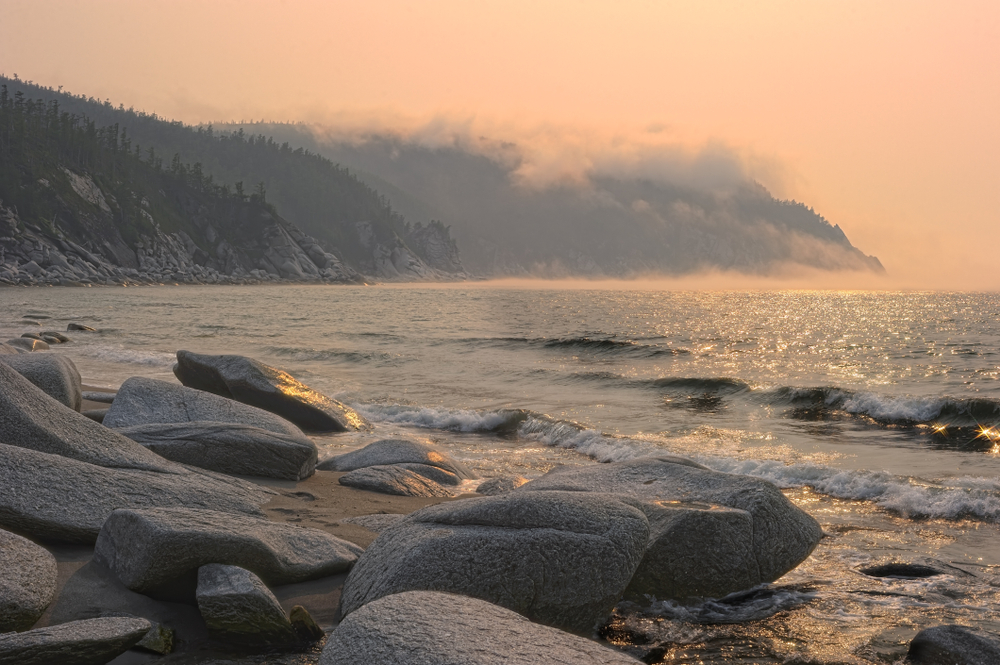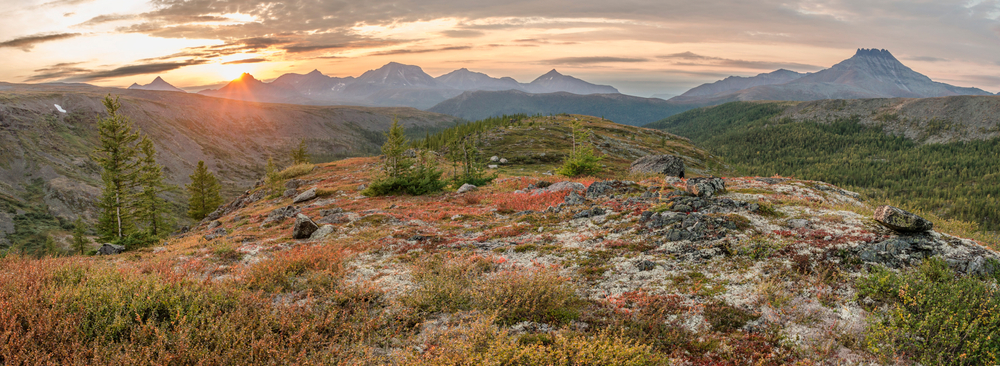Russia, the world’s largest country, boasts an impressive 64 national parks, showcasing its unparalleled ecological diversity. These parks span a vast range of landscapes, from Arctic tundra and Siberian taiga to soaring mountains and pristine lakes. Russia’s national parks are home to some of the planet’s most iconic and rare wildlife, including Siberian tigers, Amur leopards, polar bears, and Baikal seals. These parks are vital for conserving the country’s biodiversity and preserving its unique ecosystems.
One of the most celebrated national parks is Lake Baikal National Park, centered around the world’s deepest and oldest freshwater lake. Located in Siberia, Lake Baikal contains approximately 20% of the planet’s unfrozen freshwater and harbors over 1,700 species of plants and animals, two-thirds of which are endemic. Visitors are drawn to its crystal-clear waters, dramatic cliffs, and picturesque islands, such as Olkhon Island, the spiritual heart of the lake. Lake Baikal is a UNESCO World Heritage Site and a symbol of natural and cultural heritage.
Sochi National Park, situated along the Black Sea coast, is famous for its subtropical forests, alpine meadows, and waterfalls. It plays a crucial role in conserving the region’s biodiversity, particularly as a habitat for the reintroduced Persian leopard. Known for its lush landscapes and proximity to the Sochi Winter Olympics venues, the park offers visitors a blend of outdoor adventure and ecological education.
The remote Wrangel Island National Park, in the Arctic Ocean, is a stark and otherworldly wilderness. Known as a polar bear haven, the park also supports walruses, snow geese, and Arctic foxes. Wrangel Island is a UNESCO World Heritage Site and serves as a critical area for studying climate change and Arctic ecosystems.
Zabaykalsky National Park, located in eastern Siberia, is another gem, characterized by its untouched forests, steppe, and Lake Baikal’s eastern shore. It is a sanctuary for rare species such as the Baikal seal and Siberian musk deer. The park’s serene beauty and remote location make it ideal for eco-tourism and wildlife observation.
Kenozersky National Park, in northwestern Russia, offers a unique combination of natural beauty and cultural history. Its lakes, dense forests, and traditional wooden architecture create a tranquil setting that reflects the harmonious relationship between humans and nature.
Despite these treasures, Russia faces significant conservation challenges, including illegal logging, poaching, and industrial development. However, the establishment of new parks and increased funding for biodiversity protection are positive steps. Projects like the Amur Tiger Conservation Program highlight successes in protecting flagship species.
Russia’s national parks are a testament to the vast and varied beauty of its landscapes, offering visitors opportunities to experience some of the most remote and pristine environments on Earth.










































































